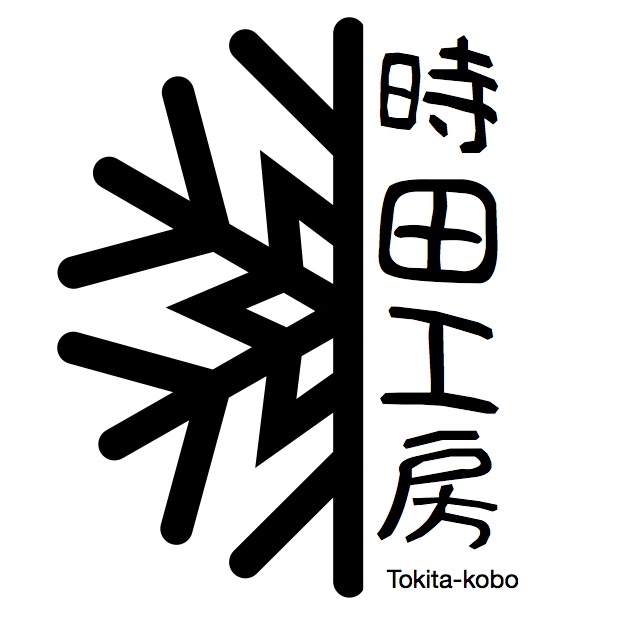Few natural sights are as beloved and iconic as the blooming of cherry blossoms, known as sakura in Japan. These delicate pink flowers have become a timeless symbol of spring, beauty, and renewal—but they also carry a deep cultural and historical meaning that stretches back over a thousand years.
🌸 Origins in Ancient Japan


The custom of appreciating cherry blossoms dates back to the Heian period (794–1185). At first, plum blossoms (ume) and peach blossoms(桃) were admired, especially by aristocrats. However, since both of them were from China, a trend became more favored to use Sakura which were around us.
Emperors and court nobles would hold elegant flower-viewing parties called hanami (花見) under blooming trees, writing poems and enjoying music and sake while marveling at the short-lived blossoms. This seasonal appreciation was deeply influenced by Shinto and Buddhist philosophies, emphasizing the impermanence of life (known as mujo 無常).
🌸 A Symbol of the Samurai and the Spirit of Transience

During the Edo period (1603–1868), cherry blossoms became more widespread and admired by the general public—not just nobility. The samurai class embraced sakura as a powerful metaphor for their lives: beautiful, noble, and fleeting. A falling blossom reflected the ideal of dying with grace at the peak of one’s life.
🌸 Modern Blossoms and National Identity
In the Meiji era (1868–1912), cherry blossoms became connected to Japan’s national identity. Schools, military bases, and public spaces were planted with sakura trees. During World War II, the symbolism of cherry blossoms was used in propaganda, linking the image of a falling petal to the sacrifice of young soldiers.
After the war, however, sakura returned to a more peaceful role—as a unifying symbol of hope, peace, and cultural pride.
🌸 Cherry Blossoms Around the World

Japan has gifted cherry trees to various countries as a symbol of friendship. One of the most famous gifts was made in 1912, when Japan sent over 3,000 cherry trees to Washington, D.C., where they now bloom every spring along the Tidal Basin.
In cities like Toronto, Vancouver, Paris, and Seoul, cherry blossom festivals continue to grow in popularity. People from many cultures now enjoy hanami, reflecting on beauty, nature, and life’s precious moments.
🌸 Sakura Today
Today, cherry blossoms are more than a seasonal spectacle—they are woven into fashion, food, festivals, and daily life. From sakura-flavored mochi and tea to decorative kimono patterns and seasonal pop-up markets, the bloom continues to inspire artists, creators, and dreamers.
At Tokita Kobo, we celebrate the spirit of sakura with our seasonal giveaways, kimono accessories, and admiration for Japanese tradition. Each spring reminds us to slow down, appreciate what’s in front of us, and embrace both beauty and change.
